School program makes inroads into acceptance of autism
Middle-school girls are more willing to include their classmates with autism in social activities after completing an awareness program.
From funding decisions to scientific fraud, a wide range of societal factors shape autism research.
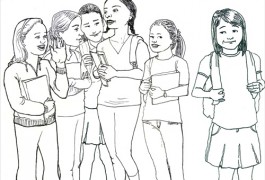
Middle-school girls are more willing to include their classmates with autism in social activities after completing an awareness program.

The cortex, the outer layer of the brain, grows rapidly in early childhood in people with autism and thins differently with age than it does in controls, two new studies report.
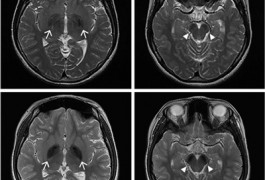
A teenage girl with Rett syndrome has a mutation in WFR45, a gene that is mutated in people who abruptly lose motor and mental skills in adulthood, according to a study published 13 March in the Journal of Human Genetics.
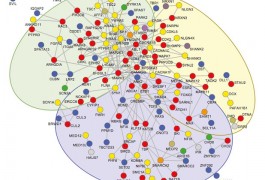
People with autism tend to carry mutations that duplicate or delete several genes at once, according to a large study published 1 May in the American Journal of Human Genetics.
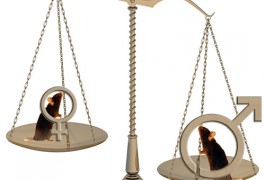
A new policy that aims to eliminate gender bias in animal and cell-based biomedical research is outlined in the 15 May Nature.
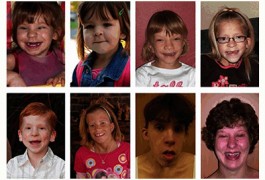
The nature of the mutation that leads to Angelman syndrome — a disorder characterized by speech impairment and developmental delays — affects the disorder’s presentation, reports a study published 19 March in Research in Developmental Disabilities.
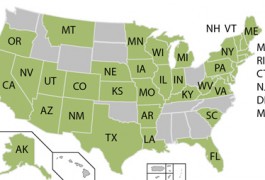
States with the weakest infrastructure for diagnosing children with autism often lack laws requiring compensation for treatment costs, finds an analysis published 30 April in the journal Autism.
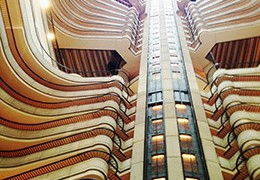
A focus on adults with autism and on junior researchers in the field were two of the themes at the 2014 International Meeting for Autism Research in Atlanta, Georgia.
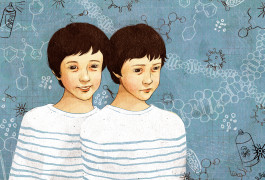
A large study of autism in Swedish families suggests that about half of the risk for autism comes from genetics and the other half from environmental factors, researchers reported 7 May in The Journal of the American Medical Association. However, the mathematical model the study used may not be appropriate for evaluating autism risk, experts say.
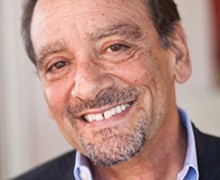
In the past few years, several studies have implicated fathers’ age more strongly than mothers’ in increasing autism risk. Although older fathers have more spontaneous mutations in their sperm than younger fathers do, no one has shown that these accumulating mutations contribute to autism risk in their children, argues Daniel Weinberger.